Home Tips
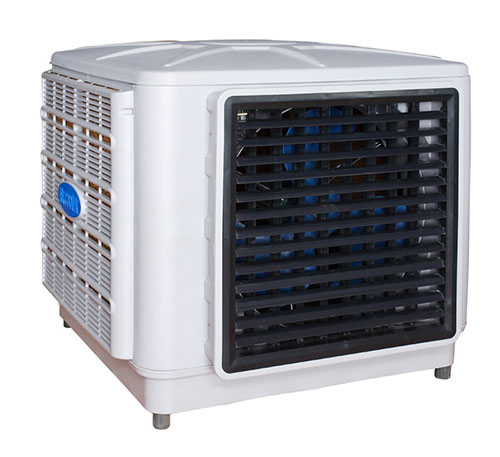
|
Evaporative air conditioner:
An evaporative cooler works best when relative humidity is about 70%. Above 75%, it loses its effectiveness and can actually make things worse as it makes the air damper. You might have noticed how uncomfortable you feel on a humid day because of your sweat evaporating into the air. Similarly, high humidity levels hinder its functionality because the water cannot evaporate quickly enough to lower temperatures. Keep an eye on the weather regularly if you live in an area where humidity is unstable. It’s best to use your evaporative cooler on dry days to reduce the use of your central air conditioning.
The bottom line is that if you live in an arid area, the evaporative cooler suits you best.
|
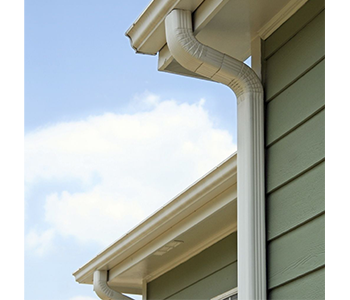
|
Gutters and downspouts:
The most common problem with gutters and downspouts is clogging. All sorts of things find their way into our gutters: leaves, seedlings, buds, sticks, balls, nests, and debris. These things build up over time, filling our gutters and stopping the flow of water. When this occurs, water has nowhere to go but over the edges, eventually causing damage. The most important task in maintaining your gutters and downspouts is keeping them free of debris, which allows water to easily flow down the gutter, into the downspout, and away from the home. Doing so requires that you maintain your gutters and downspouts twice a year,
|

|
Decks and porches:
After cleaning a deck, allow it to dry thoroughly before sealing it, but don’t wait too long or it will get dirty again. Determine if it needs to be sealed by sprinkling a few drops of water on the wood. If the water doesn’t bead up and instead soaks right in, the deck needs to be sealed.
Consult with a paint supplier or other expert to choose the finish best suited to the lumber used to build your deck. It should contain either oil or paraffin to keep moisture from soaking in. In addition, it should have UV blockers or pigment (color) to keep rays of the sun from turning the deck gray, unless that’s the look you want.
If your home is subject to wood-eating bugs, see that the finish contains insecticide as well.
You can choose a semi-transparent stain, opaque stain, clear sealer, or paint. In most cases, the best finishes soak into the wood. Films that coat the surface, including paint, tend to show wear patterns and peel more readily. As a result, they require more frequent re-coating.
|

|
Exterior caulking:
Caulking creates a tight barrier to stop rain and snow from seeping into gaps and joints, causing wood rot and blistered paint.
Common areas that need exterior caulking:
-
Where window and door frames meet wood siding on an exterior wall. These frames are made from vertical and horizontal pieces, that many need caulking where they meet.
-
Where wood siding forms corner joints or meets corner trim, caulking can fill any gaps. But don't caulk vinyl siding to the channel on vinyl trim pieces. Like wood, vinyl moves slightly with changes in temperature.
-
Where different types of building materials meet, such as wood siding against brick.
-
On the roof, look at gutter corners, seams, downspouts and end caps. Openings through or against the roof for chimneys, vents or skylights should also be caulked.
|
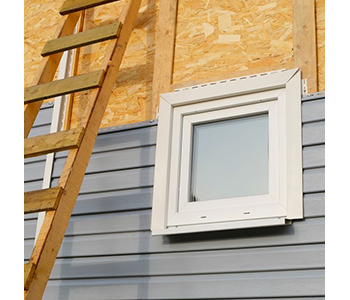
|
Siding:
If you noticed that your siding isn’t looking so vibrant anymore, is warped, or has holes here and there, it might be time to replace it.
There are situations where just repairing is sufficient, and a new installation isn’t necessary. Typically, repairs are best when only a few pieces need replacing, and the overall condition of pre-existing siding is still good. This means the color hasn’t faded dramatically, and the material it's made of is not brittle or dried out.
If your siding is significantly aged because it was installed before the 90s, it may be time to consider a complete installation.
|

|
Window sills, door sills, and thresholds:
An exterior threshold takes a lot of abuse from foot traffic and weather—and it can only withstand so much. If your threshold is in rough shape, replace it.
Thresholds come in wood and metal, both of which come with a rubber gasket for sealing out the cold. Most exterior thresholds also have a sill beneath them. If the threshold is rotted, the sill probably is too. The sill is beveled on one side to drain water away from the house. It fits tightly between wall studs and under the jambs and casing, so it has to be cut before it can be removed.
|

|
Window and door screens:
Inspect each window screen as you remove them. If you remove multiple screens organize the screens by size making sure you remember which screen goes to which window. You may wish to use a permanent marker to number them in an inconspicuous location. As you inspect the screen look for tears in the screen mesh. Screens & Things can rescreen window screens (and door screens - yes, these need to be cleaned too!) quickly and inexpensively. Inspect the frames for signs of corrosion. You may choose to replace window screens that are beginning to corrode but, as long as it isn't too bad and isn't in the spline channel, you may be able to wait until the next cleaning. The spline is the rubber piece which holds the screen mesh tightly to the screen frame and it goes into the spline channel. Corrosion of the spline channel will result in the screen tearing. The window screen should be replaced. Larger screens may be left outside, leaned up against an exterior wall close to a garden hose for rinsing. If the screens are small enough, they can be cleaned in tub or shower.
|
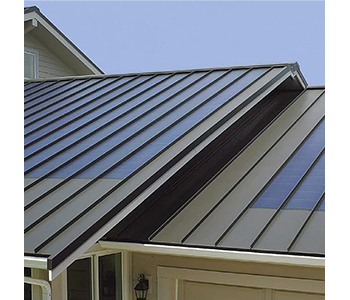
|
Roof:
Ensure the roof is built to breathe. Without proper ventilation, heat and moisture can cause sheathing and rafting to rot, roof materials to buckle and insulation to lose effectiveness. This will cause your overall roofing system to be ineffective.
Being exposed to everyday wear and tear from various elements can cause shingles to become dilapidated and get torn off, making a roof structure and interior space vulnerable to water seepage and rot. Thus, it’s highly advisable for homeowners to examine roof coverings each year to ensure their integrity.
|

|
Landscape:
Study the sun and wind patterns. You might want to place a patio on the west side of the house, but it will get lots of afternoon sun, which means dinnertime in August could be unpleasantly hot. And wind whistling around a corner will quickly extinguish a fire pit. Those are common mistakes in backyard landscape design for beginners. Your design should take into account what the sun and wind do at different times of the day and year.
|
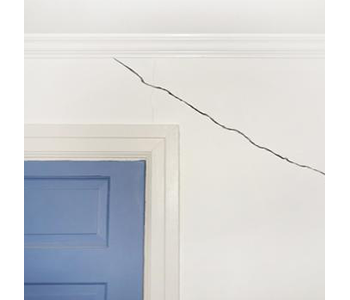
|
Foundation:
Check foundation walls, floors, concrete and masonry for cracking, heaving, or deterioration. If a significant number of bricks are losing their mortar, call a professional. If you can slide a nickel into a crack in your concrete floor, slab or foundation, call a professional immediately. |
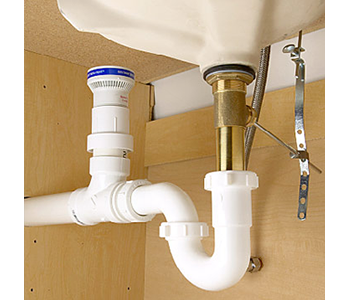
|
Drain waste and vent system:
All waste lines should have cleanouts at easily accessible locations. A cleanout is simply a Y-shaped fitting in the line that is capped off. If a blockage occurs in the drainpipe, a cleanout offers a convenient place for a plumber to snake out the line.
|
|
 Important - The Particulars, details and visuals shown herein are intended for information and viewing purposes only and should not be relied upon as statement of fact. Accordingly, viewers of this site are invited to verify outright facts subsequently before assuming any informations contained herein.
|

